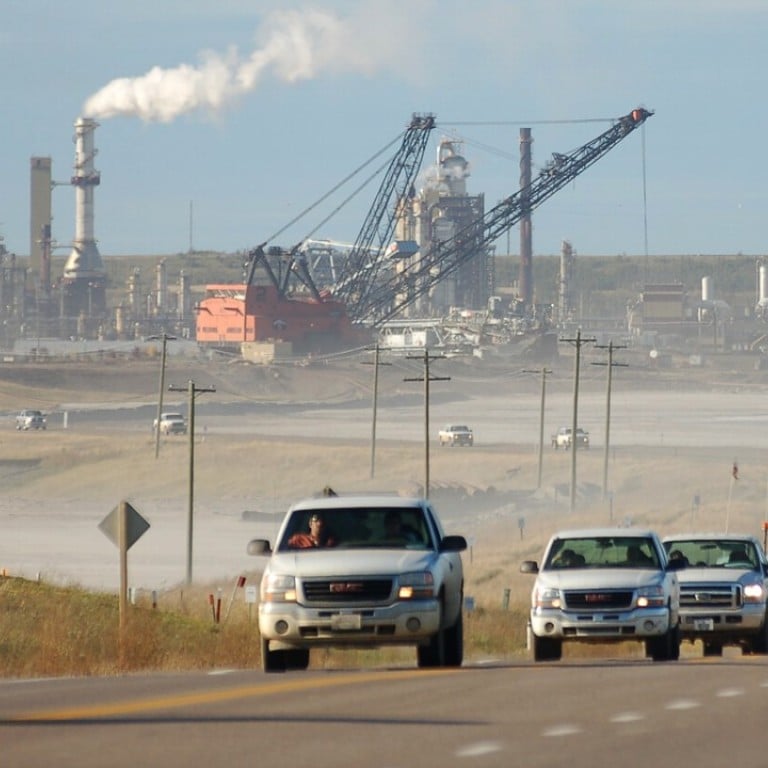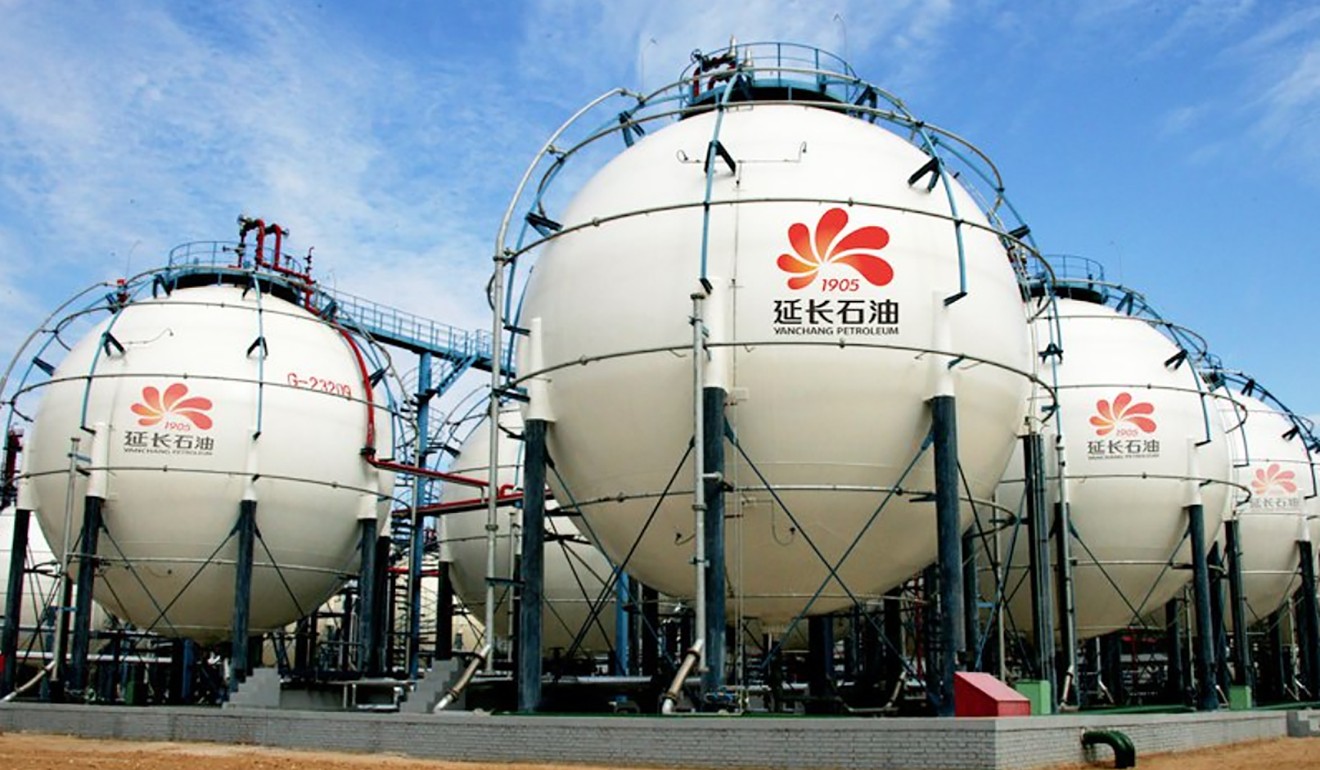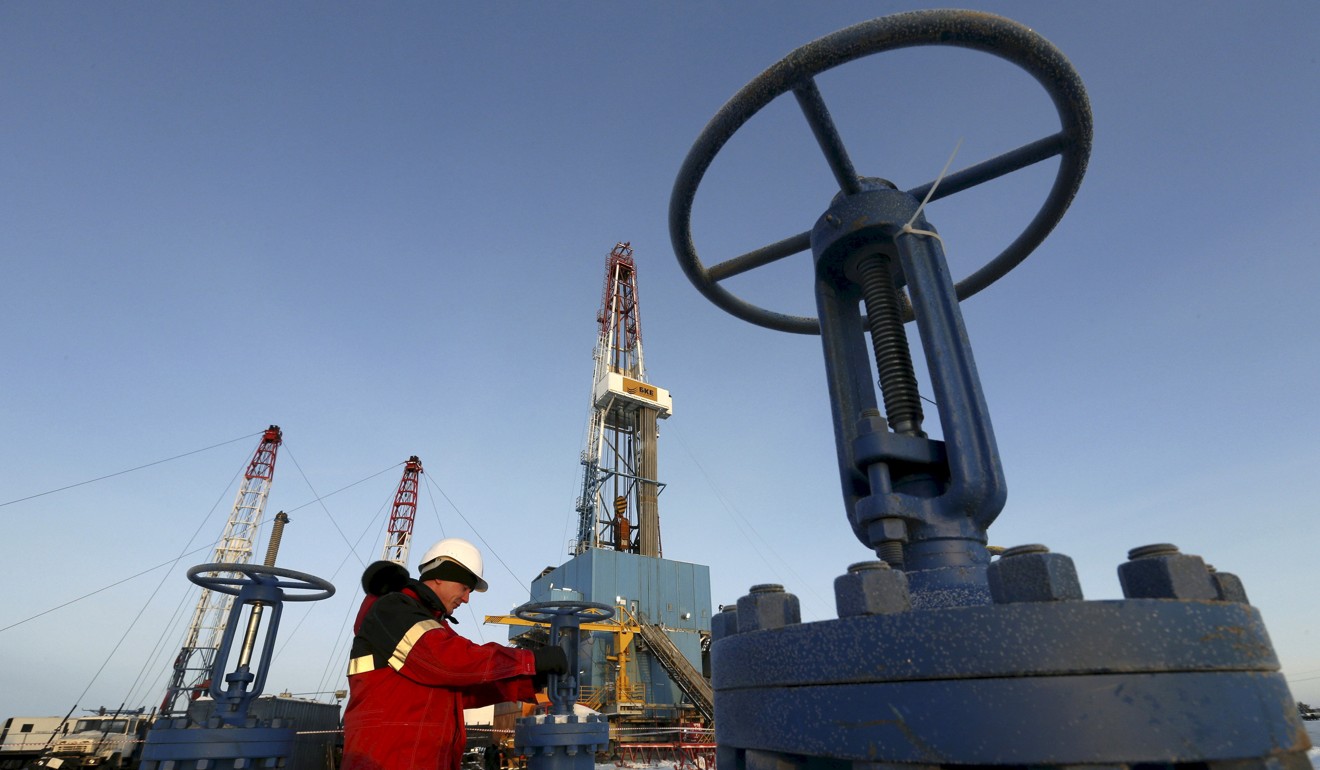
Chinese oil firm hunts for overseas assets even as deal making falls to 10-year low amid stricter scrutiny
- Chinese firms reach 14 deals so far this year, the lowest in the last 10 years
- In terms of value, the US$2.36 billion concluded so far is the smallest in the last 11 years
China’s overseas oil and gas acquisitions fell to their lowest level in a decade, as volatile oil prices and geopolitical headwinds made deal making harder for Beijing, but state-backed firms are undeterred in their plans.
Some 14 deals worth US$2.36 billion have been recorded so far this year – a second year of declines, according to Refinitiv data. If there are no agreements in the next three weeks, this year will rank as the lowest in terms of number of deals in the last 10 years and the smallest by value in 11 years.
The record level of dependence on imports has accentuated China’s strategic need to acquire assets overseas to enhance energy security.

“The balance sheets of the big three Chinese state-backed oil majors have never look better, with a combined cash pile of 500 billion yuan [US$72.3 billion] and their net debt leverage at the lowest level in many years,” said Sanford Bernstein senior analyst Neil Beveridge.
“But the politics and rising resource nationalism in developed markets like Canada and Australia have definitely become more difficult while the US is clearly off limits.”
Canada in mid-2013 tightened its scrutiny on the acquisition of oil and gas assets by foreign state-backed entities, especially its oil sands resources.
It cited potential conflicts between the foreign political agenda and Canada’s industrial and economic objectives, as well as concerns it may adversely affect the “efficiency, productivity and competitiveness” of the acquired firms.
China’s oil import dependency has risen to over 70 per cent, while that of natural gas has exceeded 40 per cent. It has overtaken Japan this year as the world’s largest gas importer.
Domestic output has failed to meet surging demand, especially cleaner burning gas whose imports have grown around 35 per cent in the year’s first 10 months to help the nation tackle chronic air pollution, while oil imports grew 8 per cent.

As the Chinese oil majors have “repaired” their balance sheets weakened by an outbound assets purchase binge in the six years to 2013, they are likely to search for targets in friendlier nations and regions like Brazil, Russia and West Africa.
This is exactly what the nation’s fourth largest oil producer Yanchang Petroleum Group is doing.
The Xian-based state-backed firm’s Hong Kong-listed unit Yanchang Petroleum International is advanced talks on three potential deals in nations covered by Beijing’s Belt and Road Initiative and in Canada where it already owns some fields. It is targeting to clinch at least one deal by the middle of 2019.
It has set a target to raise the output of its existing fields in Canada to 10,000 barrels per day (bpd)from around 2,500 bpd currently, as part of a five-year goal to raise total output to 70,000 bpd – mostly driven by acquisitions.

Bruno Deruyck, CEO of Yanchang Petroleum International, said the company typically targets assets that produce at least 10,000 bpd with the potential to ramp it by another 50 to 100 per cent through further investment and deploying advanced technology.
He said that based on the market “going prices” of US$30,000 to US$70,000 per producing barrel, a 10,000 bpd project is worth US$300 million to US$800 million.
“We have seen a long period of depressed oil price between 2014 and 2017, which was difficult for buyers and sellers to find common ground in terms of future oil price expectation [and asset valuations],” Deruyck said. “With oil price stabilising at US$50 to $60 a barrel it is a good long term price reference [to do deals].”


